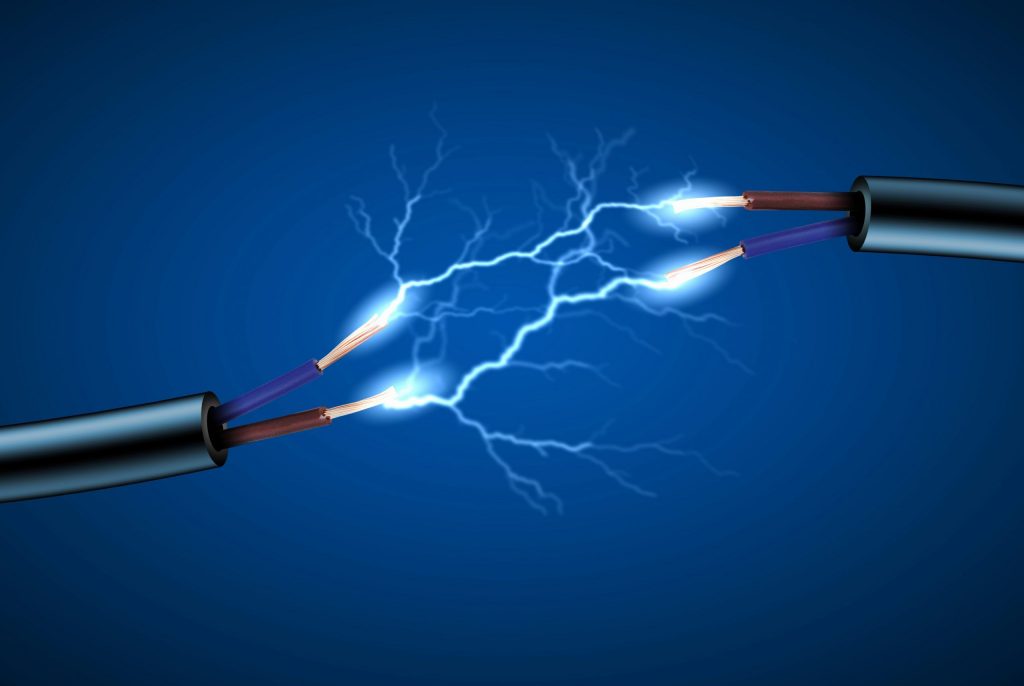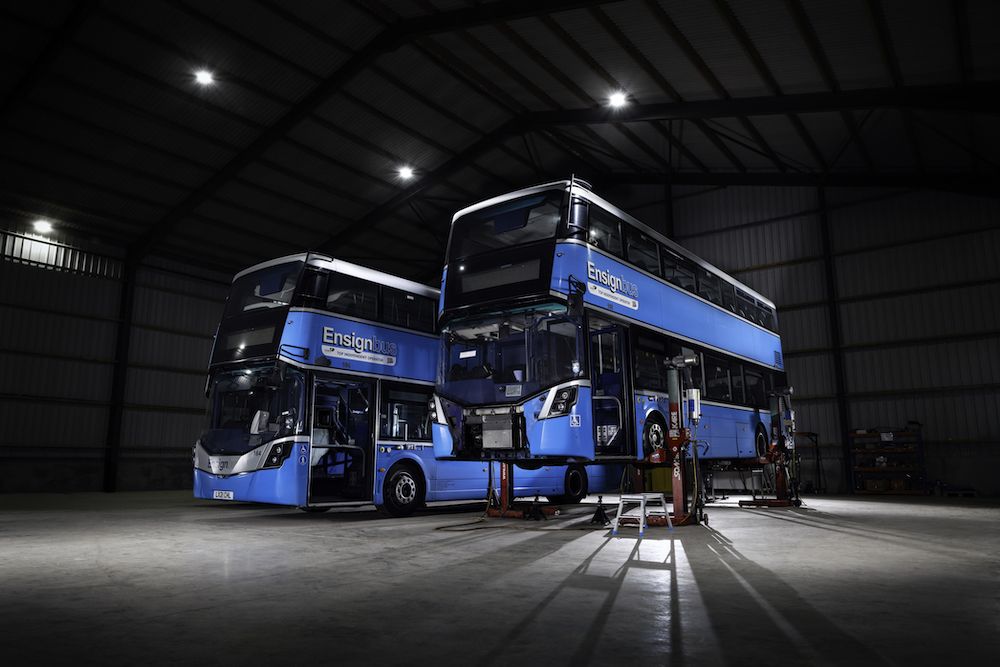SP Energy Networks and the University of Strathclyde have secured nearly £10m in industry and government funding for the ENSIGN: Energy System Digital Twin project.
The project aims to develop a “digital twin” of future multi-vector energy networks to assist the UK in achieving its net zero emissions objectives by 2050.
A net zero energy system will involve integrating various renewable energy sources, decarbonised loads, and non-electrical energy vectors such as wind, solar, tidal, geothermal, hydrogen, electrified transport, and heating. Digital twins, virtual representations of physical systems, will play a “crucial role in designing and operating these complex energy systems”, it said.
Funded by the Engineering and Physical Sciences Research Council’s Prosperity Partnership Fund, with matched funding from SP Energy Networks and contributions from other organisations, the four-year project involves partners like the University of Glasgow, University of St Andrews, UK Power Networks, and National Grid Electricity Transmission.
The project will create over 20 new academic research jobs and PhD positions and use real-time modelling, artificial intelligence, and machine learning to advance the application of digital twins in energy systems.
The Integrated Energy System-Digital Twin (IES-DT) developed through this project will support informed decision-making, risk management, and effective design and operation of future energy systems.
SP Energy Networks, as the first energy provider to receive this category of EPSRC funding, aims to reduce costs, enhance network resilience, and improve strategic planning. The research findings will be shared with distribution network operators across the UK and beyond.
James Yu, Head of Innovation at SP Energy Networks, expressed enthusiasm for the collaboration, emphasising the importance of teamwork in achieving their net-zero energy transition goals.
He said: “Together, we can work towards realising our ambitious goals.”
Scott Mathieson, Network Planning and Regulation Director at SP Energy Networks, highlighted the significance of the digital twin in simulating innovations and understanding the potential benefits of new services.
He said: “This new ‘digital twin’ will allow us to simulate innovations and understand the potential benefits of new services.”
The project is part of EPSRC’s Prosperity Partnerships scheme, which aims to foster collaboration between academia and industry to address industry-driven challenges and drive economic and societal impact.
Dr. Andrew Bourne, Director of Partnerships at EPSRC, emphasised the role of Prosperity Partnerships in supporting the UK’s ambitions as a science superpower and innovation nation.
He said: “These new projects showcase the breadth of research and innovation in the UK, covering a wider range of sectors, and support the UK’s ambitions to be a science superpower and an innovation nation.”
Image courtesy of Shutterstock














